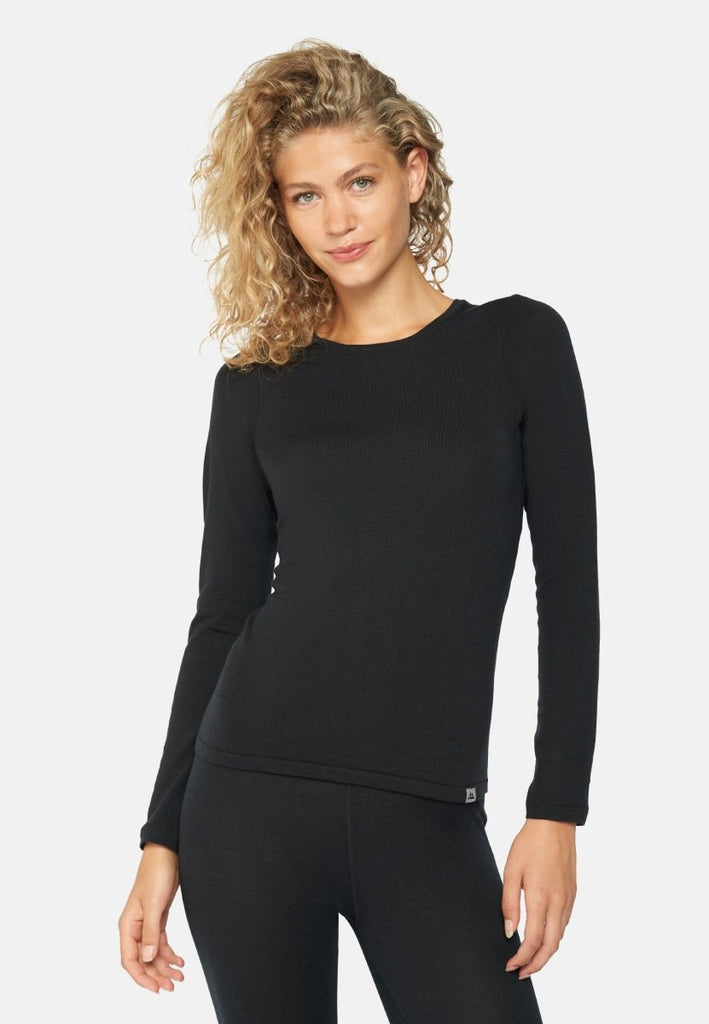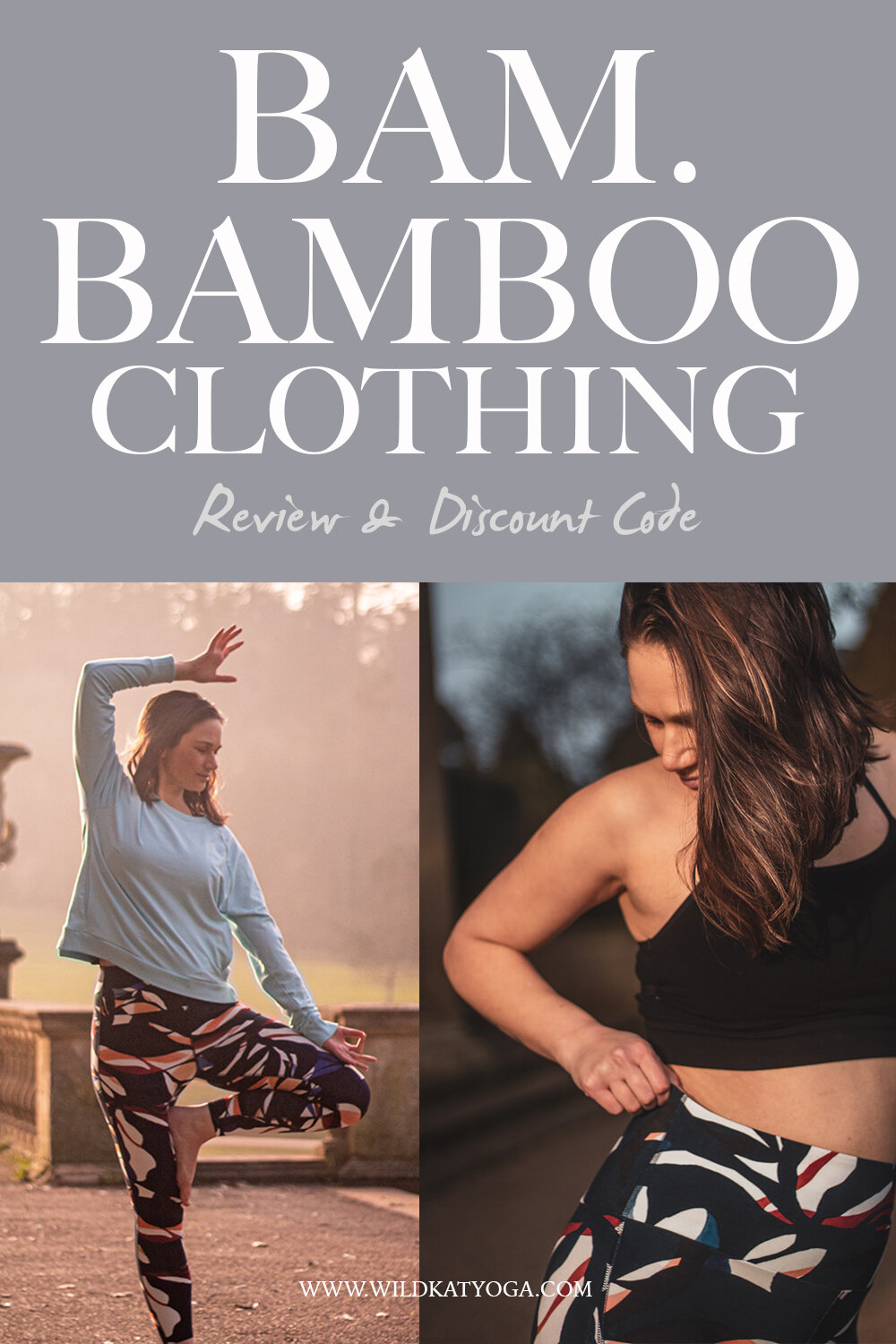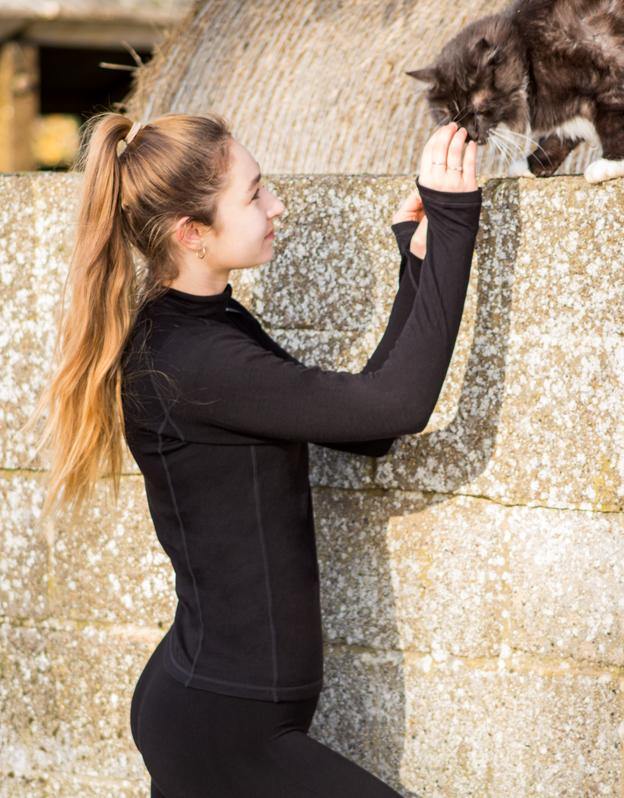Updated Bamboo Clothing Blog
Wiki Article
Why Is The Yak Merino Wool Base Layer So Efficient For Winter Sports Clothing?
Base layers made from yak merino make excellent winter sportswear due to the combination of advantages and characteristics obtained from merino as well as wool. It is made up of hollow fibers that retain air, which provides excellent insulation. The fabric becomes warmer when combined with merino, which has excellent insulation properties.
Merino is a natural fiber with properties for managing moisture. Merino can absorb and release moisture, leaving the wearer dry. The yak wool is also water-wicking, and is a perfect match for merino wool. This helps to regulate body temperature by removing moisture from the skin during intense physical activities in cold weather.
Merino is renowned for being soft and comfortable, with fine fibers, which result in less irritation. In combination with yak's soft, smooth fibers the resultant fabric feels good against the skin.
Odor Resistant- Merino and Yak wool have antimicrobial properties which assist in stopping the development of the bacteria that produce smells. This helps keep your clothes more fresh and lasting longer when you wear for long periods.
Durability Yak wool is inherently strong and durable. When it is combined with the toughness of merino wool it produces a fabric which can stand up to wear and tear that comes with sports and outdoor activities.
Temperature Regulation Yak merino's base layer regulates your body's temperature and keep your body warm during cold weather conditions. They are also breathable to avoid overheating when doing high intensity activities.
Environmental Sustainability- Merino wool and yak wool are both renewable, biodegradable fibers and are therefore eco-friendly options for winter sportswear.
This combination of characteristics creates yak merino base layers extremely effective for winter sports clothing, providing warmth and comfort, as well as moisture management, and durability for outdoor activities in cold climates. See the recommended merino wool base layer url for blog recommendations including best merino wool base layer women's, best thermals for skiing, ice breaker thermals, best mid layer skiing, ski base layer pants, icebreaker merino wool base layer, smartwool thermals, merino wool base layer hunting, wool long underwear women's, best merino wool base layer and more.

What Are Some Advantages Bamboo Clothing Can Provide In Terms Of Comfortability Sustainability, Durability And Protection When Used As Outdoor Winter Clothes?
Sustainable, comfort and security are just three of the numerous benefits bamboo clothing offers for winter outdoor clothing.
Bamboo fabric is soft and smooth, making it soft on the skin. Its luxurious texture is often compared to silk or even cashmere.
Bamboo fibers are moisture wicking, which means they draw water away from your skin, keeping you dry and comfortable.
Thermal Regulation- Bamboo clothing has natural temperature-regulating properties, providing warmth in winter while remaining breathable to prevent overheating.
Sustainability-
Renewable Resource- Bamboo is renewable and can be grown quickly and without the necessity of pesticides or chemical fertilizers. Bamboo is a renewable resource making it an ideal choice for clothing.
Low environmental impact- Bamboo farming typically uses less water than conventional cotton farming, and does not deplete soil nutrients. Bamboo also produces more air and absorbs more carbon dioxide than most crops.
Protection for Outdoor Wear-
UV Protection Bamboo fabric is UV resistant and provides natural protection from harmful sunlight rays.
Antibacterial Properties - Bamboo is an antimicrobial substance that is known as "bamboo kun" which can help to stop the growth of bacteria that cause odor making clothing more fresh for longer periods, especially during outdoor activities.
Other Benefits
Durability- Bamboo fibers are durable and strong, making them ideal for outdoor wear.
Biodegradability - Bamboo clothing can be biodegradable which means it will break down on its own at the end of their lifespan. This helps reduce environmental impact.
Bamboo fabrics used in winter outdoor clothing has many benefits, including thermal comfort. moisture management and sustainability. Take a look at the top rated bamboo clothings for blog examples including bamboo leggings, bamboo sweatpants, onno bamboo shirts, lisa frank bamboo pajamas, bamboo trousers mens, ladies bamboo tops, bamboo sweatpants, boody ecowear, bamboo under wear, bamboo dress socks and more.

How Does The Feel, Texture And Absorption Of Merino Or Bamboo Compare To That Of Wool?
The texture is the primary element to be considered when comparing merino clothes to traditional wool and bamboo clothing.
Merino Wool Merino Wool is made of smaller fibers, and is more supple than traditional wool. It is thought to be more comfortable.
Bamboo ClothingBamboo clothing is silky and smooth that is often compared with luxurious materials such as cashmere or silk. It's soft and smooth, which makes it easy to wear.
Traditional Wool – Traditional wool has a variety of textures. Some may be coarser than others, causing itching, irritation or discomfort when compared with clothing made of Merino.
Warmth-
Merino Wolle Merino fibers are excellent insulation and offer warmth. Even if it's damp it maintains warmth and provides excellent insulation in cold winter conditions.
Bamboo Clothing can be warm, but it might not provide the same insulation like Merino wool. But, it manages body temperature, which provides the comfort you need in all conditions.
Traditional Wool- Much like merino wool traditional wool offers warmth and insulation. It can, however, feel bulkier or heavier compared to merino or bamboo clothes.
Moisture Absorption-
Merino Wool - Merino Wool has exceptional moisture-wicking qualities, allowing moisture to drain away from your skin to evaporate. It remains warm even when damp.
Bamboo Clothing- Bamboo fabric is a moisture-wicking fabric which allow it to draw away moisture from your skin and provide the comfort you need when exercising. It regulates moisture and keeps wearers dry.
Wool is not as moisture-wicking as bamboo or Merino. Wool is dry and heavy when wet.
Merino wool is renowned for its softness, warmth and moisture-wicking capabilities. Bamboo clothing has a silky smooth texture with sufficient warmth and moisture control. Traditional wool could have a different texture, and provide warmth and absorption of moisture, however they are more coarse or heavier when compared with the bamboo or merino clothes. Each fabric has distinct characteristics that cater to different clothing preferences and needs. View the recommended my review here for bamboo winter clothings for blog info including smartwool base layer, ski base layer mens, patagonia merino wool base layer, hh lifa merino, wool undershirt women's, merino wool underwear womens, merino undershirt, merino wool base layer pant, icebreaker merino wool base layer, long john merino and more.
